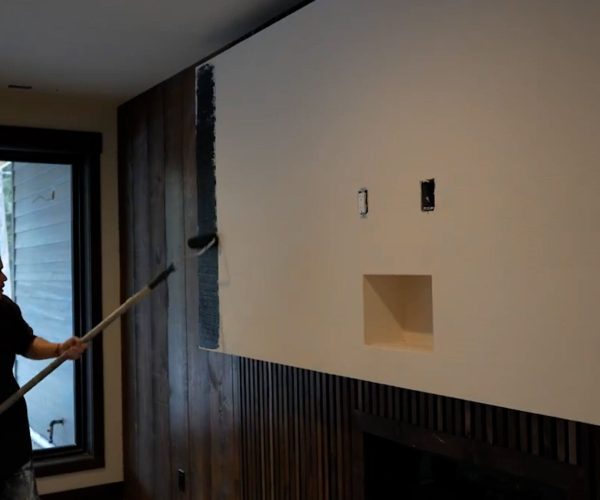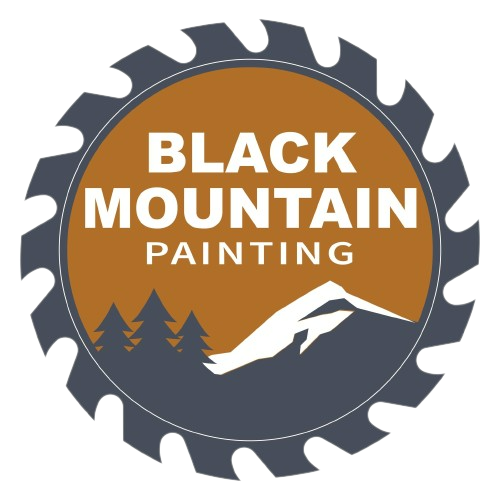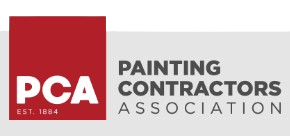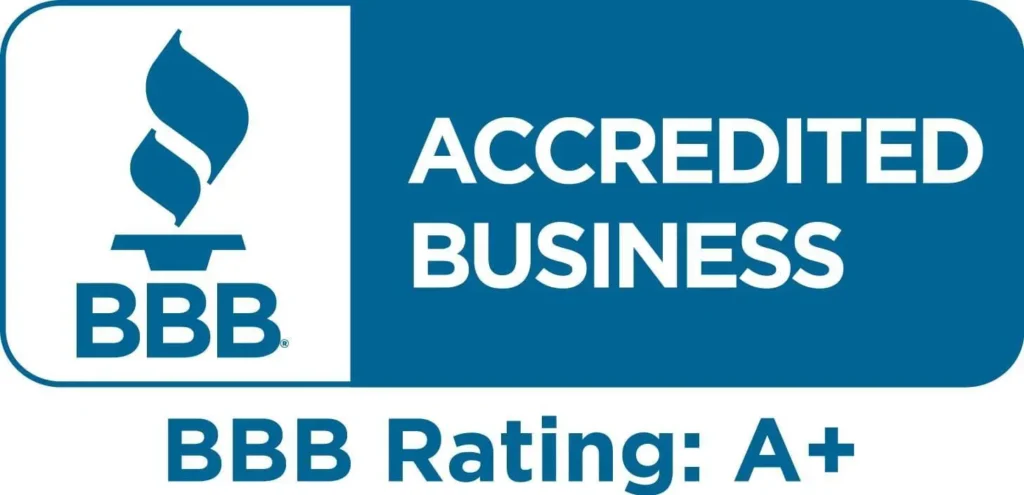Paint Contractor FAQ
THE MOST FREQUENTLY ASKED QUESTIONS FOR HIRING A PAINT CONTRACTOR
Although we’re your solution for residential and commercial painting needs in Spearfish and the Black Hills, we’re also here to help answer some of your most frequently asked questions for hiring a paint contractor.

FREQUENTLY ASKED QUESTIONS
There are a few things to consider when asking the question of if it’s time to get your house painted.
- When was your house last painted?
Most experts say that you should get your house painted every five to 10 years. The range can vary depending on the climate you live in. If you live in a coastal climate, the paint can deteriorate faster due to the salt in the air.
2. Is your house faded?
If it looks like your house has started to fade in color, it may be time for a new paint job. If it’s starting to fade, this could expose your home’s interior or exterior to rust or rot depending on surface material. There’s a couple ways to watch out for this. Get a color sample of the original color in or on your home and compare it to the current color in your home. If it looks noticeably lighter or duller, your home color may be fading. It’s also a good idea to keep an eye on the sun exposed areas in or on your home.
3. Is your house peeling paint?
If you see that the paint is peeling on your house, it’s time for a new paint job. The main reason is that with the paint peeling, it will no longer protect your home.
Ideally, go for a time when the weather is mild and dry. Late spring to early fall is often considered the sweet spot. Aim for temperatures between 50-85°F (10-29°C) for the best paint application. Avoid extreme heat or cold, as they can mess with the paint’s drying process. Also, keep an eye on the forecast—rain can be a painter’s worst enemy. So, in a nutshell, shoot for those Goldilocks conditions: not too hot, not too cold, just right.
Color doesn’t usually affect the cost. The main reason is because we always apply two coats to an exterior or interior project to ensure maximum protection and appearance. The only way the cost would increase due to color is if a job requires more than two coats but we will let you know in the consultation phase if this applies to you.
In most circumstances, we recommend two coats of paint. Two coats will give you long-last protection and color retention for the interior and exterior of your home.
If you pick us to paint your home, it is easier and more cost efficient to have us supply the paint. We can get better deals with contractor pricing that allow you to save more money in the long run.
We don’t ask for a deposit before we start painting a job, nor do we recommend giving a painting contractor a deposit.
Explore our range of warranties tailored to your project and the surface you’re painting. For hassle-free applications, synthetic wood surfaces like Hardiboard or compressed wood are your best bet, boasting durability and ease of painting. Stucco surfaces also offer a smooth painting experience.
However, when it comes to real and pressure-treated wood, there’s a bit more to consider. Pressure-treated wood, designed to resist rot, poses a challenge as its chemical treatment can affect paint longevity. The sun’s heat can draw out these chemicals, leading to peeling paint over time.
New construction homes often use pressure-treated or real wood, and peeling paint can surface within a couple of years due to the drawn-out moisture and natural oils from the wood. While real wood like Cedar is less problematic than pressure-treated wood, it still faces challenges with peeling coatings.
Cracks in the wood, albeit small, create opportunities for moisture to seep in, contributing to peeling paint. Our warranties typically offer 5 or 10 years of coverage, depending on the coating, with considerations for wet wood exclusions. Synthetic surfaces, as mentioned earlier, prove resilient throughout these warranty periods, ensuring a lasting finish.
In most instances, a site visit by the painting company is essential to assess the surfaces earmarked for painting. While smaller projects may not always necessitate this, it’s generally advisable to arrange a meeting with the contractor. This provides an opportunity to delve into project details and gauge the company’s suitability for your home. Below is a brief overview of standard industry practices:
- Address any concerns or queries you may have.
- Outline the timeline for project completion.
- Explore color options that align with your vision.
- Delve into the painting process, covering the nitty-gritty details.
- Establish expectations regarding when to expect the estimate, if not provided during the meeting.
- Review payment options and terms, if applicable.
- Discuss any prerequisites for homeowner cooperation, such as clearing access to specific project areas by relocating a camper or boat, ensuring smooth progress.
When selecting a painting contractor, prioritize liability insurance to safeguard your property against potential damage. This ensures peace of mind and protection for unforeseen circumstances. For specific requirements tailored to your unique situation, it’s advisable to seek guidance from your legal counsel.
Yes! Check out more information above on how we paint exteriors.
Yes! Check out more information above on how we paint interiors.
Yes!
Although we’re based in Spearfish, SD we service the entire Black Hills.
Here are the areas that we service:
- Spearfish
- Rapid City
- Belle Fourche
- Whitewood
- Box Elder
- Lead
- Sturgis
- Deadwood
- Black Hawk
- Piedmont
- Summerset
- Keystone
- Hill City



